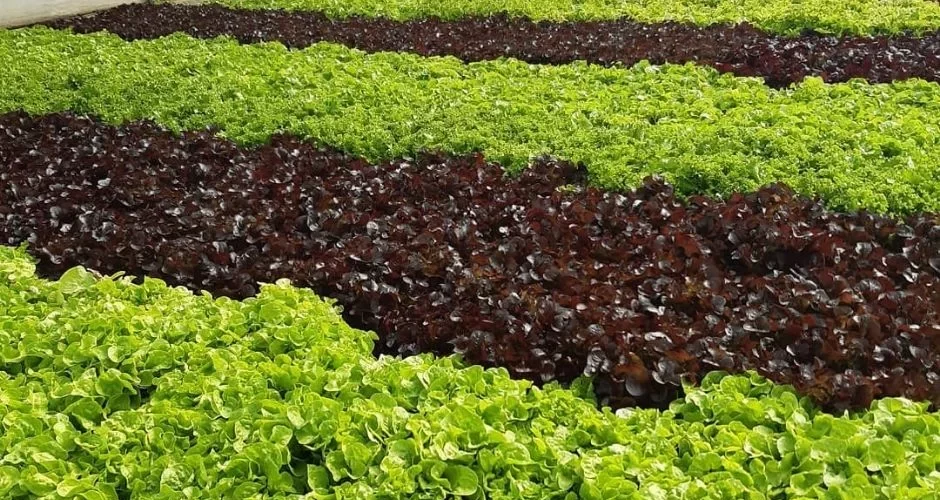How does pH affect nutrient absorption in plants?
October 07, 2021
We are constantly going on and on about maintaining the correct pH and stressing the importance of testing the pH of your system daily. But what happens to your plants if your pH is not in range? How does pH affect nutrient absorption in plants? Let’s take a look at the simplified science behind it.
As you already know pH measures how acidic or basic your system is. We’ve also discussed the science behind pH and what range you should be aiming for in our blog post: What is the ideal pH for my aquaponics system? But pH can also affect how your plants absorb nutrients. This all has to do with your plant roots and their chemistry.
It's all about balance
If you think back to those dreaded chemistry lessons in high school, you’ll hopefully remember learning about chemical reactions and solubility. There are hundreds of chemical equations constantly taking place in your aquaponics system. According to the law of conservation of matter, every chemical reaction will aim to reach a state of balance. And when it comes to pH we are talking about a balance in hydrogen ions. Therefore, when the pH changes, the nutrients and molecules in your system will behave differently and react differently to reach that state of homeostasis.
Solubility & pH
Then we have solubility, solubility is about the ability of a compound, in this case, the micronutrients, to be dissolved in the water in your Aquaponics system. The plant roots can only take up micronutrients that are soluble in water. Therefore, if the pH has affected the compound in such a way that it reacts with other compounds it will become less soluble and ultimately your plant will not be able to absorb said micronutrient. Let’s look at how different pH levels affect different micronutrients in your system.

How does pH affect nutrient absorption in plants?
If the pH is too high your environment becomes too alkaline where phosphorous and other important micronutrients are less available to the plants. This is because phosphorous reacts quickly with calcium and magnesium to form less soluble compounds. Iron availability also becomes a problem in high alkalinity. Therefore, plants can be subjected to iron deficiencies in a high pH due to the low solubility of the nutrient.
If your system is too acidic and your pH is below 6.0, you will have some other problems on your hands. An acidic environment leads to a decrease in microbial activity. Phosphorous reacts with aluminium and iron to once again form less soluble compounds. Molybdenum is also less readily available in a more acidic environment.

In summary, most micronutrients are less available to your plants when your pH is more alkaline. However, Molybdenum is an exception and is less readily available in an acidic environment. But we must beware of a more acidic pH as this affects our microbial growth and could send some plants into acidic shock.
So to simplify a very long story, just maintain your balance, do your daily tests and keep your pH in its optimal range. But on the bright side, you know a little more about the chemistry behind this concept. We hope this chemistry lesson was a little more interesting than the one given by your high school teacher. Don’t forget to check out the pH section of our shop for all your testing kits and solutions.